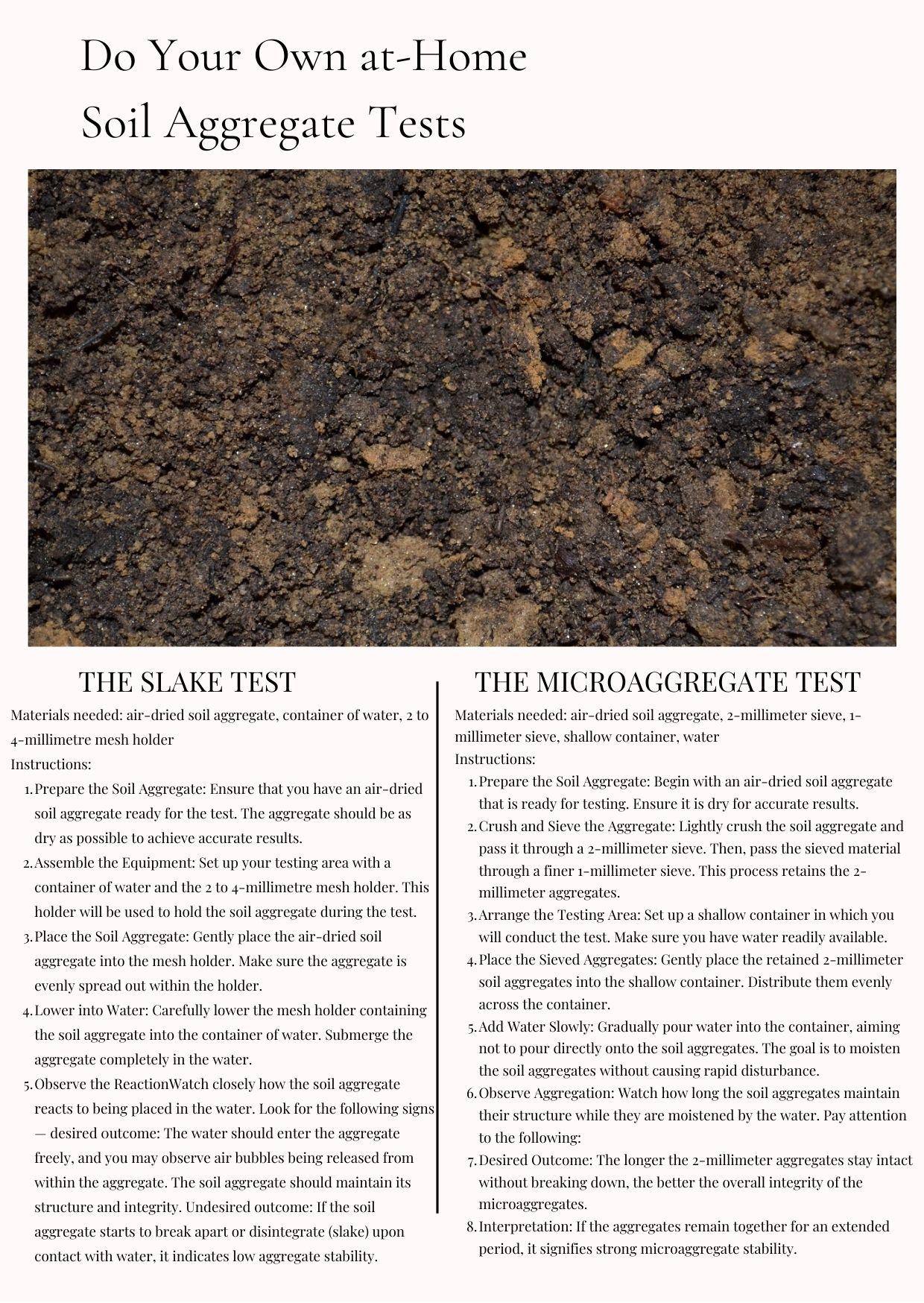Modern agronomic practices often hinder the natural establishment of stable soil aggregates. However, cover crops offer a powerful solution. During their growth phase, cover crops release root exudates that nurture soil biology, creating a harmonious environment alongside water, air, and shelter. The ingenious utilization of these root exudates by microbial communities leads to the development of granular habitats known as root rhizosheaths. These structures provide aeration, retain moisture, and safeguard microbes. Remarkably, nitrogen-fixing microbes foster anaerobic conditions, facilitating nitrogen fixation.
As main crops shift into their reproductive phase, they reduce exudate release, focusing carbon on growth. These mature exudates are more resilient to microbial breakdown, benefiting subsequent plant generations upon seed dispersal. However, a decline in microbial activity and liquid carbon availability prompts soil biology to consume the binding agents that form soil aggregates, weakening them.
To counteract this aggregate degradation, maintaining cover crops in their vegetative stage throughout the growing season becomes pivotal. This practice sustains a steady influx of liquid carbon, which fuels microbial expansion. When the season concludes, microbes reinforce the aggregates formed during growth by adding more binding agents. This strengthens aggregates, ensuring resistance against water-induced disintegration while promoting gas exchange.
The cover crops’ development of healthy rhizosheaths around growing roots generates micro and macropores within aggregates. These pores facilitate swift water penetration, effective air exchange, and water retention during dry periods while creating air pockets during saturation. When cover crop roots decay, the rhizosheath envelopes the macropores, further contributing to aggregate stability.
This process poses more challenges in sandy soils and arid climates, making the role of cover crops even more critical. Nevertheless, the central principle remains unwavering: ensuring the presence of cover crops in their vegetative stage during the growing season. These cover crops release root exudates, nurturing a “liquid carbon pathway” vital for microbial growth, thereby preserving aggregate structure.

Related Articles
Trace Soil Diagnostics Partners with Taurus Ag for Canadian Distribution
New Soil Health Testing Program Launches in Ontario
The Road to Better Soil Health and a Reduced Carbon Footprint for Potatoes








